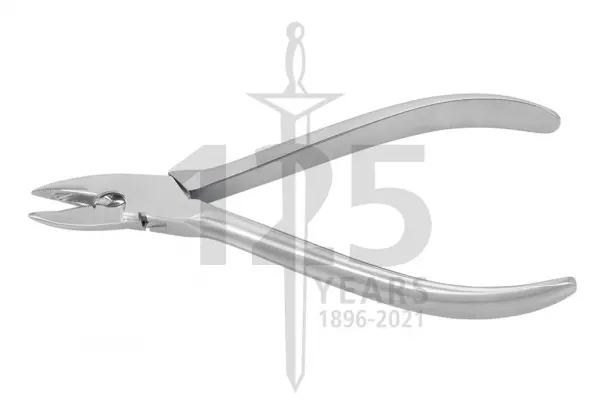
Orthodontic Pliers / Hand Instruments - Tooth...
Orthodontic Pliers / Hand Instruments - Tooth Replacement / Correction / Orthodontics made by Schwer...
Portal and digital medical technology fair of the largest MedTech cluster in Germany

Orthodontic Pliers / Hand Instruments - Tooth...
Orthodontic Pliers / Hand Instruments - Tooth Replacement / Correction / Orthodontics made by Schwer...
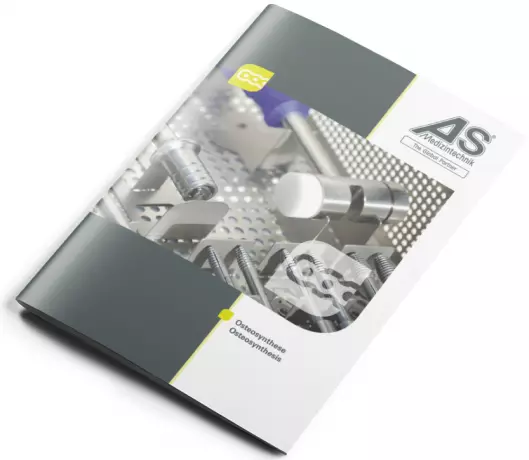
Instruments and implant systems for osteosynthesis
Plates and Screws for mini, small and large fragments are only a selection from our wide range. With...
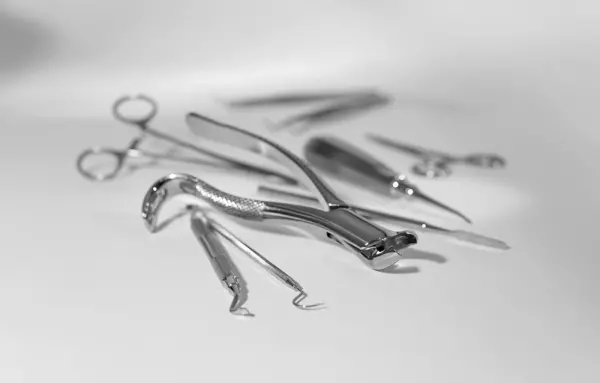
With over 40 years of experience in the field of medical technology, Our dental program offers a wid...
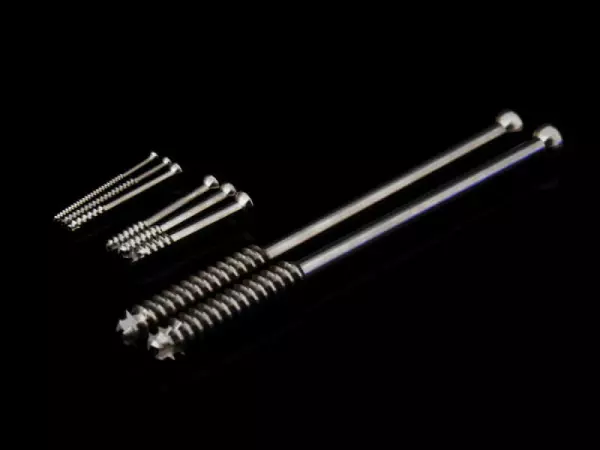
Higher quality finishing / finishing processes...
Higher quality finishing / finishing processes of surgical instruments / implants Refining or ref...
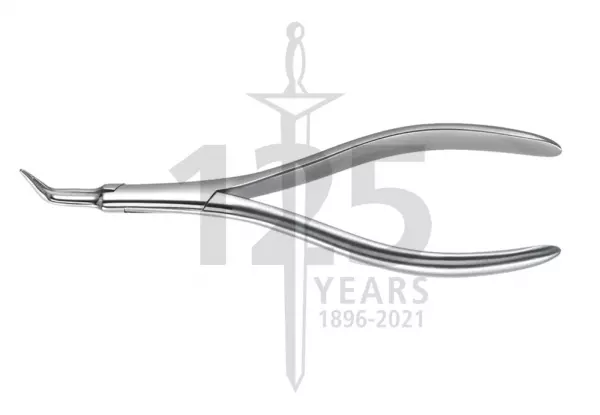
Root Canal Instruments - Dental Restorative...
Root Canal Instruments - Dental Restorative / Endodontic made by Schwert 2988 TWEEZE...
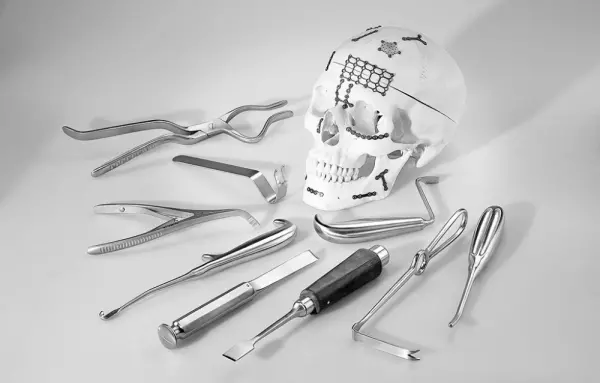
Surgical instruments for cranio-maxillofacial...
Maxillofacial surgery, including cranial surgery, encompasses a wide range which incorpora...

High-quality orthodontic pliers should be made of tungsten carbide, which is an ultra-hard material composed of equal parts of tungsten and carbon. These pliers are molded with cobalt, nickel, and aluminum, and they are autoclavable. Although they don't rust, they are susceptible to damage if the materials are exposed to acids or other chemicals. This means that you should avoid using them with disinfectants, which can break down the cobalt matrix and compromise the carbide tips.
Arrow pliers are designed to cut archwires with their convex and concave tips. They're the best choice for bending and contouring orthodontic bands during colocation. The anterior model has a narrow groove with a pointed tip to slide into the gingival extension of the anterior band. The posterior model has a sharp tip and flat plastic base and is used to make bends in the wire arch.
Other types of orthodontic pliers are called dela Rosa pliers. These pliers are specially designed to make bends on orthodontic wires. The concave tips allow the dentist to mold the archwire and keep it from popping out during colocation. The anterior model has a narrow groove and a pointed, serrated tip that fits into the gingival extension of the anterior band. The posterior model has a flat plastic base with a pointed tip and a curved plastic base that pushes the band into the mouth.
A pair of orthodontic pliers can be used to perform a number of different tasks. For example, they can be used for looping and contouring archwire, and for putting stops in the archwire. Most of these pliers have long jaws and are comfortable to fit inside the mouth. This gives clinicians more control when placing the appliance and ensures that it is properly placed. They should be made from high-grade stainless steel and be fully autoclavable.
The Nance pliers are one of the most commonly used orthodontic pliers. These pliers have a conical, pyramidal tip, and can be used to bend round wires, rectangular wires, and prefixed arches. These pliers are available in both short and long sizes and are best suited for making loops of varying lengths. The Nance slit pliers are also useful for tightening a prefixed arch.
A good pair of orthodontic pliers are essential for your practice. They are necessary for removing vestibular brackets. They have a pincer-shaped active part. They are used to hold and grip the brackets. The tools are important to the success of your practice. They are also indispensable for adjusting the teeth in different positions. It is important to use the right pliers for the job at hand.
The cotton pliers are used for intra-oral procedures. They are a great tool for placing cotton rolls to isolate an area of the mouth. They are also useful for retrieving small objects. The Howe utility pliers have long beaks with rounded ends and are excellent for holding archwires. A wire cutter is a type of plier that has two tapered beaks and a sharp cutting terminal. The tip of the pliers are used for snipping stainless steel ligatures and small diameter wires.
Become a digital exhibitor yourself in the online portal of the largest and best-known MedTech cluster region in Germany and inform the world of medical technology about your products and services as well as about news, events and career opportunities.
With an attractive online profile, we will help you to present yourself professionally on our portal as well as on Google and on social media.